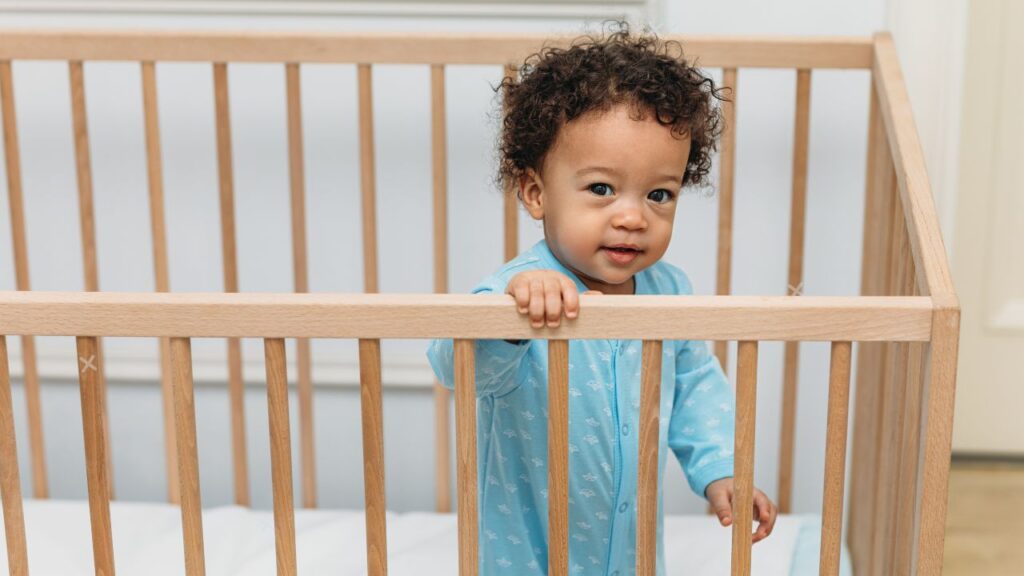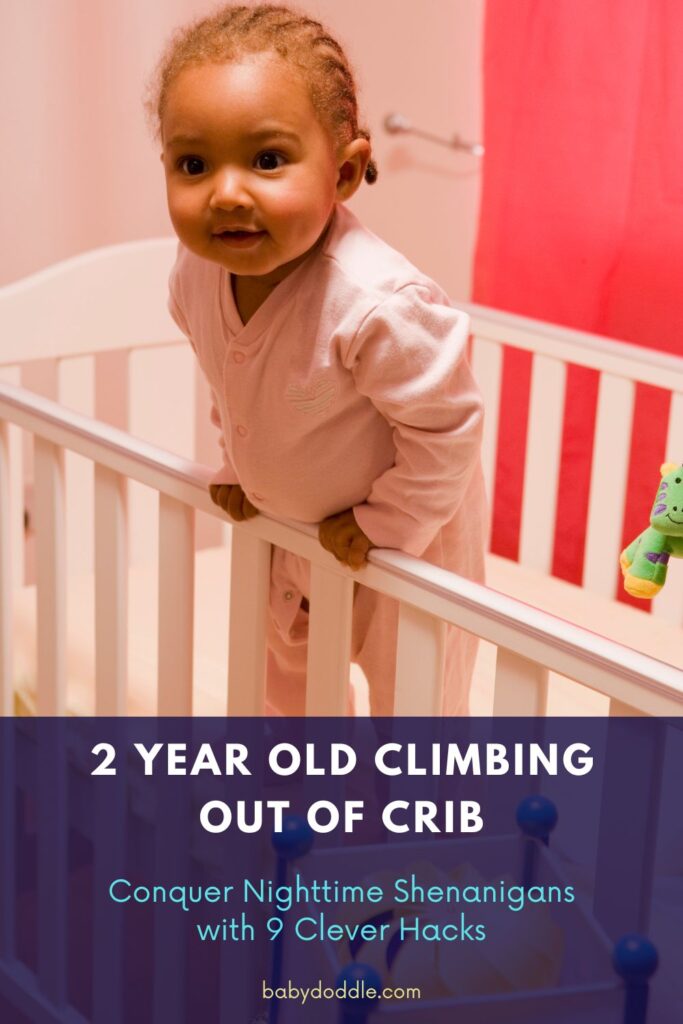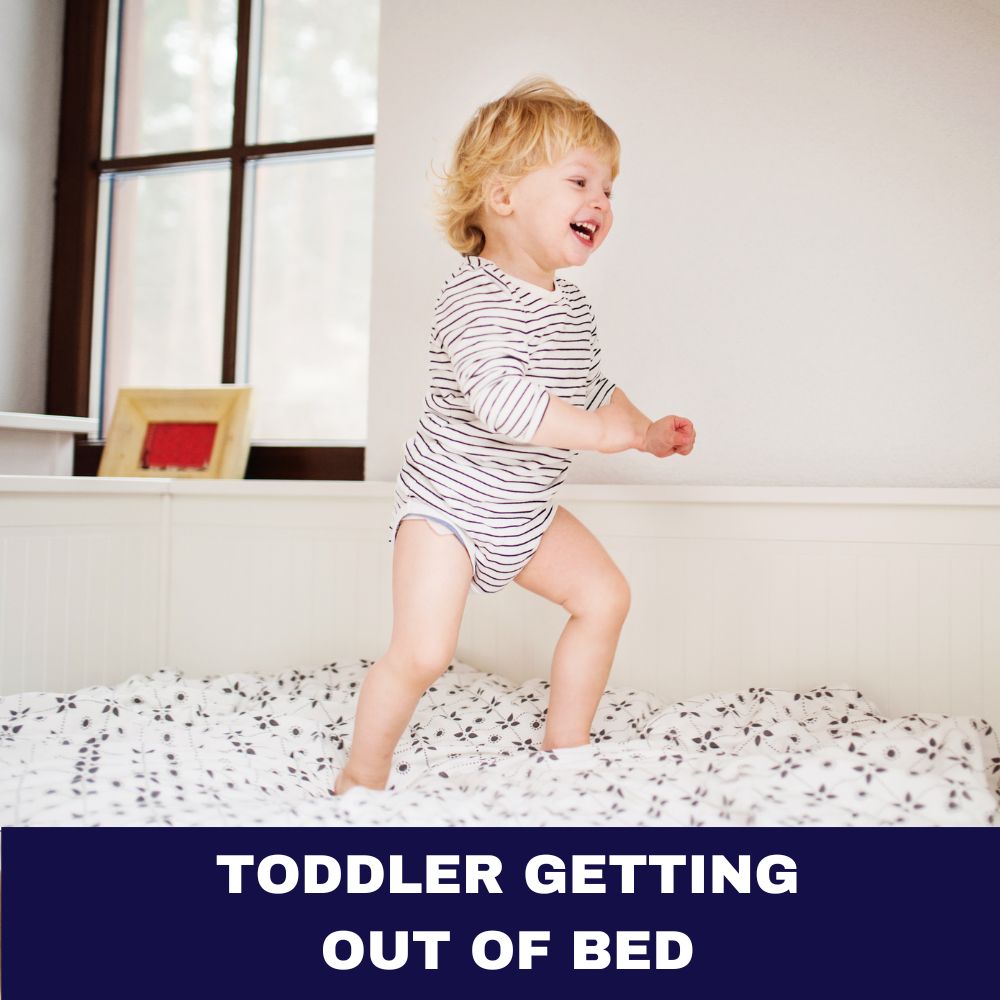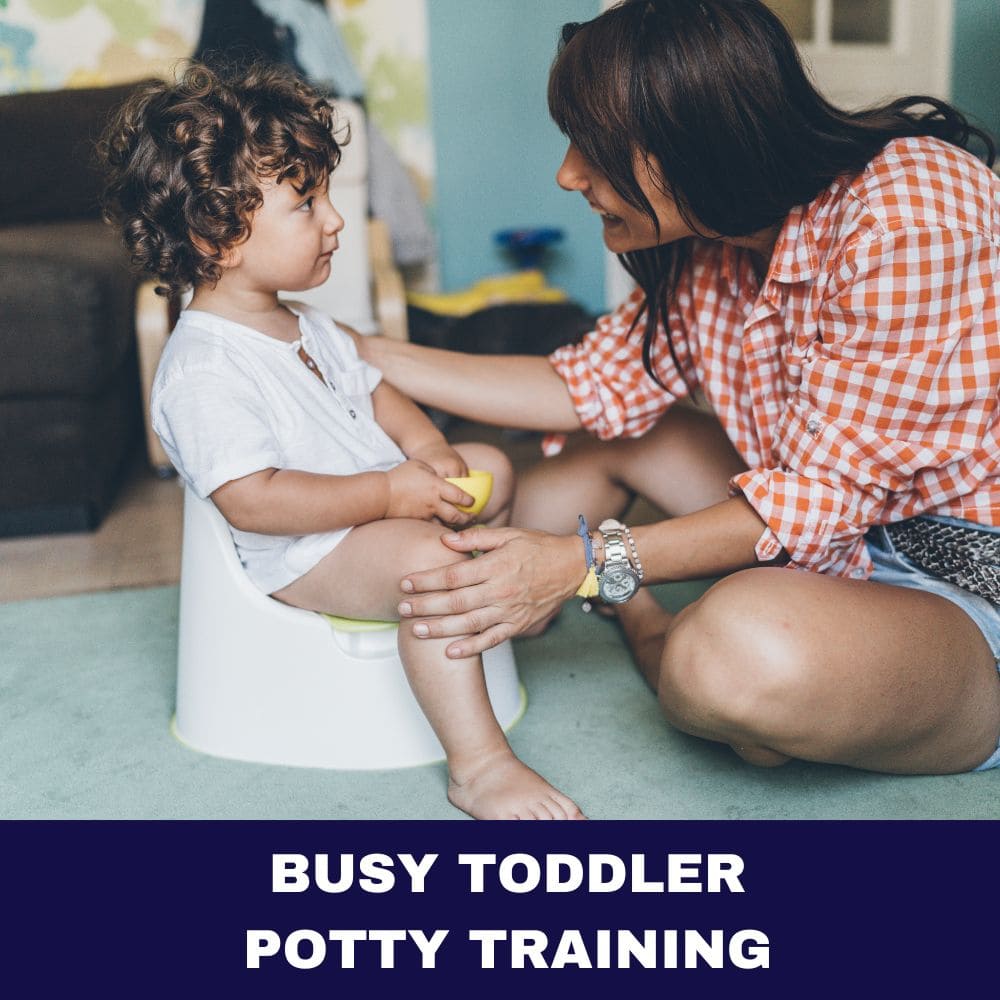Picture this: It’s 2 AM, and you’re jolted awake by the pitter-patter of tiny feet. Your heart races as you realize your little one has mastered the art of the great escape. Sound familiar? If you’re dealing with a 2 year old climbing out of crib adventures, you’re not alone in this wild ride of parenthood!
Let’s face it, toddlers are natural-born adventurers. One day they’re cooing in their cribs, and the next, they’re staging elaborate breakouts that would make Houdini proud. The “2-year-old climbing out of crib” phase is a rite of passage that catches many parents off guard. But fear not, fellow sleep-deprived parents! We’re about to embark on a journey to reclaim those precious nighttime hours and keep your little escape artist safe and snug in their crib.
Understanding the Great Escape: Why Do Toddlers Climb Out of Cribs?
Before we dive into our clever hacks, let’s get into the mind of a toddler. Why do these pint-sized acrobats suddenly decide that their cozy cribs are more like prison cells?
The Curiosity Factor
Toddlers are curious creatures by nature. Their brains are like sponges, soaking up new information and experiences at an astounding rate. That crib rail? It’s not just a barrier; it’s a challenge waiting to be conquered!
| Age | Recommended Sleep (including naps) | Typical Nap Duration | Signs of Sleep Readiness |
| 1-2 years | 11-14 hours | 1-2 naps, 1-3 hours total | Rubbing eyes, yawning, fussiness |
| 2-3 years | 10-13 hours | 0-1 nap, 1-2 hours | Decreased activity, clinginess |
| 3-4 years | 10-13 hours | May drop naps entirely | Irritability, lack of focus |
Physical Development Milestones
Around the age of two, children experience significant physical growth. Suddenly, those once-impossible feats become achievable. Climbing out of the crib is often one of the first big physical challenges they tackle.
The Independence Itch
Ah, the terrible twos! This age is all about asserting independence. Your little one might be thinking, “I’m a big kid now. Why should I stay in this baby cage?”
Discomfort or Restlessness
Sometimes, the motivation is simple: they’re uncomfortable or restless. Maybe they’re too hot, too cold, or just plain bored.
Following the Leader
If your toddler has an older sibling, they might be trying to mimic their behavior. “Big brother sleeps in a bed, so why can’t I?”
Understanding these motivations is crucial in addressing the issue. It’s not just about keeping them in the crib; it’s about addressing their underlying needs and development.

Signs Your 2-Year-Old Is Ready to Climb Out (or Already Trying)
Spotting the signs early can help you nip this behavior in the bud. Here are some telltale indicators:
- The Leg Lift: You might catch your toddler practicing lifting their leg over the crib rail.
- Standing Tall: If your child can stand up in the crib and their chest is above the rail, it’s time to be on high alert.
- The Crib Shake: Does your little one shake the crib like they’re trying to break free? That’s a clear sign they’re testing the waters.
- The Escape Artist’s Tools: Finding toys or blankets piled up near the crib rails? Your toddler might be creating a makeshift stepping stool.
- The Proud Proclamation: Sometimes, they’ll straight-up tell you, “Mommy, I can climb out!”
Keeping an eye out for these signs can help you stay one step ahead of your little escape artist. Consider setting up a baby monitor if you haven’t already, so you can catch any nighttime shenanigans in action.
9 Clever Hacks to Keep Your 2-Year-Old in Their Crib
Now, let’s get to the good stuff! Here are nine tried-and-true hacks to keep your toddler safely in their crib:
1. The Backwards Pajama Trick
This classic hack is as simple as it is effective. Put your child’s pajamas on backwards. This makes it harder for them to unzip or unbutton their sleepwear, which in turn makes it more challenging to climb out.
How it works: The zipper or buttons are now at the back, out of reach. Your toddler can’t easily manipulate their clothing to get a good grip on the crib rails.
Pros:
- No additional cost
- Easy to implement
- Doesn’t require any changes to the crib
Cons:
- Some children might find it uncomfortable
- May not work for all types of pajamas
Pro Tip: Choose pajamas with feet for extra climbing difficulty!
2. Lower the Crib Mattress
This hack takes advantage of physics. By lowering the crib mattress to its lowest setting, you increase the height your child needs to climb, making escape much more challenging.
Steps to implement:
- Check your crib’s manual for instructions on adjusting the mattress height.
- Remove the mattress and bedding.
- Adjust the support to the lowest possible setting.
- Replace the mattress and bedding.
Safety note: Ensure there are no gaps between the mattress and crib sides after lowering.
3. Use a Sleep Sack
Sleep sacks are wearable blankets that can restrict leg movement, making it harder for your toddler to climb out.
Benefits of sleep sacks:
- Keeps your child warm without loose blankets
- Limits leg mobility for climbing
- Can be a comforting part of the bedtime routine
Choosing the right sleep sack:
- Look for ones designed for toddlers (they have foot openings for walking)
- Choose a size that allows some movement but isn’t too loose
- Consider the material based on your child’s temperature preferences
4. Remove Crib Bumpers and Toys
Crib bumpers and toys can serve as unintended stepping stools for your little climber. Removing these items creates a cleaner, safer sleep environment and reduces climbing opportunities.
Items to remove:
- Crib bumpers
- Stuffed animals
- Pillows
- Large blankets
Remember, a bare crib is a safe crib. Your child only needs a fitted sheet and appropriate sleepwear.
5. Implement a Consistent Bedtime Routine
A solid bedtime routine can work wonders in reducing nighttime restlessness and the urge to escape.
Sample bedtime routine:
- Bath time (15 minutes)
- Pajamas and teeth brushing (10 minutes)
- Quiet play or reading (15 minutes)
- Final diaper change
- Goodnight song or story
- Lights out
Consistency is key. Stick to the routine every night, even on weekends.
6. Try a Crib Tent
A crib tent is a mesh cover that fits over the top of the crib, preventing climbing out while still allowing airflow.
Pros of crib tents:
- Effectively prevents climbing out
- Allows visibility and airflow
- Can reduce distractions in the room
Cons of crib tents:
- Some children might find them confining
- Requires proper installation for safety
- May not be suitable for all crib designs
Safety note: Always follow manufacturer instructions and never use a damaged crib tent.
7. Use Positive Reinforcement
Encourage good behavior with a reward system. Praise and reward your child for staying in their crib all night.
Reward ideas:
- Sticker chart
- Special breakfast for successful nights
- Extra playtime in the morning
Remember to keep rewards age-appropriate and consistent.

8. Install a Baby Gate
While not directly preventing crib climbing, a baby gate can add an extra layer of safety by containing your child if they do manage to escape.
Choosing a baby gate:
- Opt for a tall, sturdy model
- Ensure it fits securely in the doorway
- Look for childproof latches
Installation tips:
- Follow manufacturer instructions carefully
- Check for stability after installation
- Teach older family members how to operate the gate
9. The Silent Return Method
This technique requires patience but can be highly effective. When your child climbs out, silently and calmly return them to their crib without engaging.
Steps:
- Stay calm and quiet
- Pick up your child without speaking or making eye contact
- Place them back in the crib
- Leave the room immediately
- Repeat as many times as necessary
This method teaches your child that climbing out won’t result in attention or interaction.
Safety First: Childproofing Your Toddler’s Room
While implementing these hacks, it’s crucial to ensure your toddler’s entire sleep environment is safe. Here’s a quick childproofing checklist:
- Secure furniture to walls to prevent tipping
- Cover electrical outlets
- Remove or secure window blind cords
- Keep small objects out of reach
- Use doorknob covers on closets and exits
- Ensure smoke detectors are working
- Keep medications and cleaning supplies locked away
Remember, a safe room gives you peace of mind, even if your little one does manage a midnight escape.
The Big Decision: When to Transition to a Toddler Bed
Sometimes, despite our best efforts, it becomes clear that it’s time to make the switch to a toddler bed. But how do you know when it’s the right time?
Age Considerations
While every child is different, most toddlers transition to a bed between 18 months and 3 years old. However, many sleep experts recommend waiting until closer to age 3 if possible.
Signs of Readiness
Look for these indicators that your child might be ready for a big kid bed:
- Consistently climbing out of the crib
- Asking for a “big bed” like older siblings
- Showing interest in the idea of a new bed
- Staying dry through the night (potty training can coincide with bed transition)
- Understanding and following simple safety rules
Making the Transition Smooth
If you decide it’s time for the big move, here are some tips to ease the transition:
- Involve your child in the process: Let them help choose bedding or stuffed animals for their new bed.
- Start with nap time: Use the new bed for daytime naps before making the full nighttime switch.
- Keep the routine consistent: Maintain your established bedtime routine to provide comfort and familiarity.
- Childproof the entire room: Your child will now have free reign, so ensure everything is safe.
- Use positive reinforcement: Praise your child for staying in bed all night.
Remember, patience is key. It might take a few weeks for your child to adjust to their new sleeping arrangement.

Nap Considerations for Climbing Toddlers
Nap times can be especially challenging when dealing with a crib climber. Here are some strategies to maintain daytime sleep routines:
- Shorten nap times: Sometimes, shorter naps can lead to better nighttime sleep and less climbing.
- Use a different sleep space: Consider a pack-and-play or a floor mattress for naps to change the environment.
- Darken the room: Use blackout curtains to create a sleep-inducing atmosphere.
- White noise: A sound machine can help drown out daytime noises and signal sleep time.
- Consistency is key: Try to keep nap times and locations consistent day-to-day.
Remember, some toddlers naturally start to drop their naps around age 2-3. If your child consistently resists naps, it might be time to transition to quiet time instead.
When to Seek Professional Help
While crib climbing is a common phase, sometimes it can signal deeper sleep issues. Consider consulting a pediatrician or sleep specialist if:
- Your child seems excessively tired or cranky during the day
- Nighttime wakings are frequent and disruptive
- You suspect sleep apnea or other sleep disorders
- Your child shows signs of anxiety or fear around bedtime
- The behavior persists despite consistent implementation of sleep strategies
A professional can help rule out any underlying issues and provide personalized advice for your family’s situation.
Maintaining Your Sanity: Self-Care for Parents
Dealing with a crib-climbing toddler can be exhausting. Don’t forget to take care of yourself during this challenging phase:
- Take turns: If possible, alternate nights with your partner for middle-of-the-night returns to bed.
- Prioritize your own sleep: Go to bed early when you can, and nap when your child naps if possible.
- Seek support: Join online parenting groups or connect with friends going through similar challenges.
- Practice stress-relief techniques: Try deep breathing, meditation, or gentle yoga to manage stress.
- Don’t be afraid to ask for help: Whether it’s family, friends, or a babysitter, getting a break can be invaluable.
Remember, this phase will pass. Taking care of yourself will help you stay patient and consistent with your toddler.
Don’t Give Up: Encouragement for Persistent Parents
Parenting a toddler can feel like a never-ending rollercoaster, especially when sleep is involved. But take heart! Countless parents have navigated this challenge successfully, and you will too.
Remember:
- Consistency is key. Stick with your chosen strategies for at least a few weeks before trying something new.
- Every child is different. What works for one might not work for another, and that’s okay.
- This phase is temporary. Before you know it, you’ll be looking back on these days with a mix of relief and nostalgia.
Here’s a quick success story to boost your spirits:
“We thought we’d never sleep again when our son started climbing out at 22 months. We tried everything, but the backwards pajamas and consistent bedtime routine finally did the trick. It took about three weeks of consistent effort, but now he sleeps through the night in his crib. Hang in there, it does get better!” – Sarah, mom of two
Conclusion
Dealing with a 2-year-old climbing out of crib can feel like a daunting challenge, but with patience, consistency, and a few clever hacks, you can conquer these nighttime shenanigans. Remember, every child is unique, so don’t be afraid to mix and match strategies to find what works best for your family.
From the backwards pajama trick to the silent return method, you now have a toolkit of techniques to keep your little one safe and snug in their crib. And if all else fails, remember that transitioning to a toddler bed is always an option when the time is right.
Above all, be kind to yourself during this process. Parenting is a journey filled with ups and downs, and you’re doing a great job navigating it all. Before you know it, these crib-climbing days will be a distant memory, replaced by new adventures and milestones.
Sweet dreams, and here’s to peaceful nights ahead for both you and your little climber!
FAQ – 2 Year Old Climbing Out of Crib
Is it safe to use a crib tent to prevent my 2-year-old from climbing out?
Crib tents can be a safe option when used correctly, but it’s essential to follow the manufacturer’s instructions carefully. Always check for recalls and ensure the tent is securely attached to the crib. Never use a damaged tent, and discontinue use if your child shows signs of distress. While crib tents can prevent climbing out, they’re not a long-term solution and should be used alongside other sleep training methods.
How long does the crib climbing phase usually last?
The duration of the crib climbing phase can vary greatly from child to child. Some toddlers may attempt to climb out for a few weeks before losing interest, while others may persist for several months. Typically, this phase lasts anywhere from 2-6 months. Consistency in your approach and patience are key during this time. If the behavior continues beyond 6 months or your child is approaching 3 years old, it might be time to consider transitioning to a toddler bed.
My 2-year-old keeps climbing out of the crib during nap time but not at night. What should I do?
This is a common scenario, as toddlers are often more energetic and less tired during the day. First, ensure the room is dark enough for nap time – consider using blackout curtains. Maintain a consistent nap routine, similar to your bedtime routine, to signal sleep time. You might also try shortening nap times or moving them earlier or later in the day. If climbing persists, consider using a pack-and-play or floor mattress for naps as a temporary solution. Remember, some toddlers naturally start to drop naps around this age, so be open to transitioning to quiet time instead if naps become a consistent battle.
We’re expecting another baby. Should we transition our crib climber to a toddler bed now or wait?
This is a common dilemma for growing families. Generally, it’s best to make any big transitions (like moving to a toddler bed) at least 2-3 months before or after the new baby arrives. This gives your toddler time to adjust to one change before introducing another. If your toddler is consistently climbing out and you’re within this window, it might be worth transitioning to a toddler bed now. However, if your toddler isn’t showing strong signs of readiness and you can safely manage the climbing behavior, it’s often better to wait until after the new baby has arrived and your family has settled into a new routine. Every family is unique, so consider your child’s temperament and your specific situation when making this decision. If you do decide to transition before the new baby arrives, involve your toddler in the process and emphasize that this is a special “big kid” change, separate from the baby’s arrival.
My 2-year-old has started climbing out of the crib, but they’re tall for their age. Are the same strategies effective for taller toddlers?
Dealing with a tall 2-year-old climbing out of crib can indeed present additional challenges, but many of the same strategies can still be effective. However, you may need to adapt them slightly:
- Lower the mattress: This becomes even more crucial for taller toddlers. Ensure it’s at the absolute lowest setting.
- Sleep sacks: Opt for larger sizes or those specifically designed for tall toddlers. Some brands offer “extra-long” versions.
- Crib tents: These can be particularly useful for taller climbers, but ensure you choose one that’s tall enough and securely fitted.
- Room modification: For very tall toddlers, you might need to be extra vigilant about removing any furniture near the crib that could be used as a stepping stone.
- Earlier transition: If your child is exceptionally tall, you might need to consider transitioning to a toddler bed earlier than you would for an average-height child.
Remember, safety is paramount. If your tall toddler can easily climb out despite these measures, it might be time to transition to a toddler bed for their safety. Always monitor their behavior closely and adjust your approach as needed.












